We have got our intelligence for better and for worse. It warns us for threats and dangers beforehand, even before they are noticeable and thus gives us time to seek solutions and measures to handle them. But sometimes our scary brain warns us and create problems and worries when no real threats or problems exist. These thoughts are just discomforting and lead to worry or rumination.
In spite of that we often start to seek solutions – logical explanations, counter evidence, measures or just comfort – with our logical brain. Sometimes this ends up in a tennis match in our heads, where the scary brain serves discomforting thoughts and the logical brain returns comforting thoughts in a never ending rumination or brooding.
Most people worry over minutiae, trivial episodes in their lives or over unsolvable problems, suffer from bad conscience, guilt or doubt. We often try to rid ourselves from the discomforting thoughts but the rumination and worry just continues.
It is possible to put an end to the tennis match in the brain.
To stop your unnecessary uneasiness you had better consider this;
- Distraction might temporarily relieve the worry, but it is no cure. Instead it might prolong rumination.
- Eagerness to quit broodings in a wrong way intensifies it.
Advises:
- Refrain from comforting when afflicted by problems that cannot be solved.
- Do not seek answers to questions that have no answers.
- Do not try to understand things that are incomprehensible.
- If you accept the presence of your discomforting and intrusive thoughts – you eventually kill them.
Learn how to do that:
Quit ruminating and brooding
If you consider to buy the book – choose between these two.

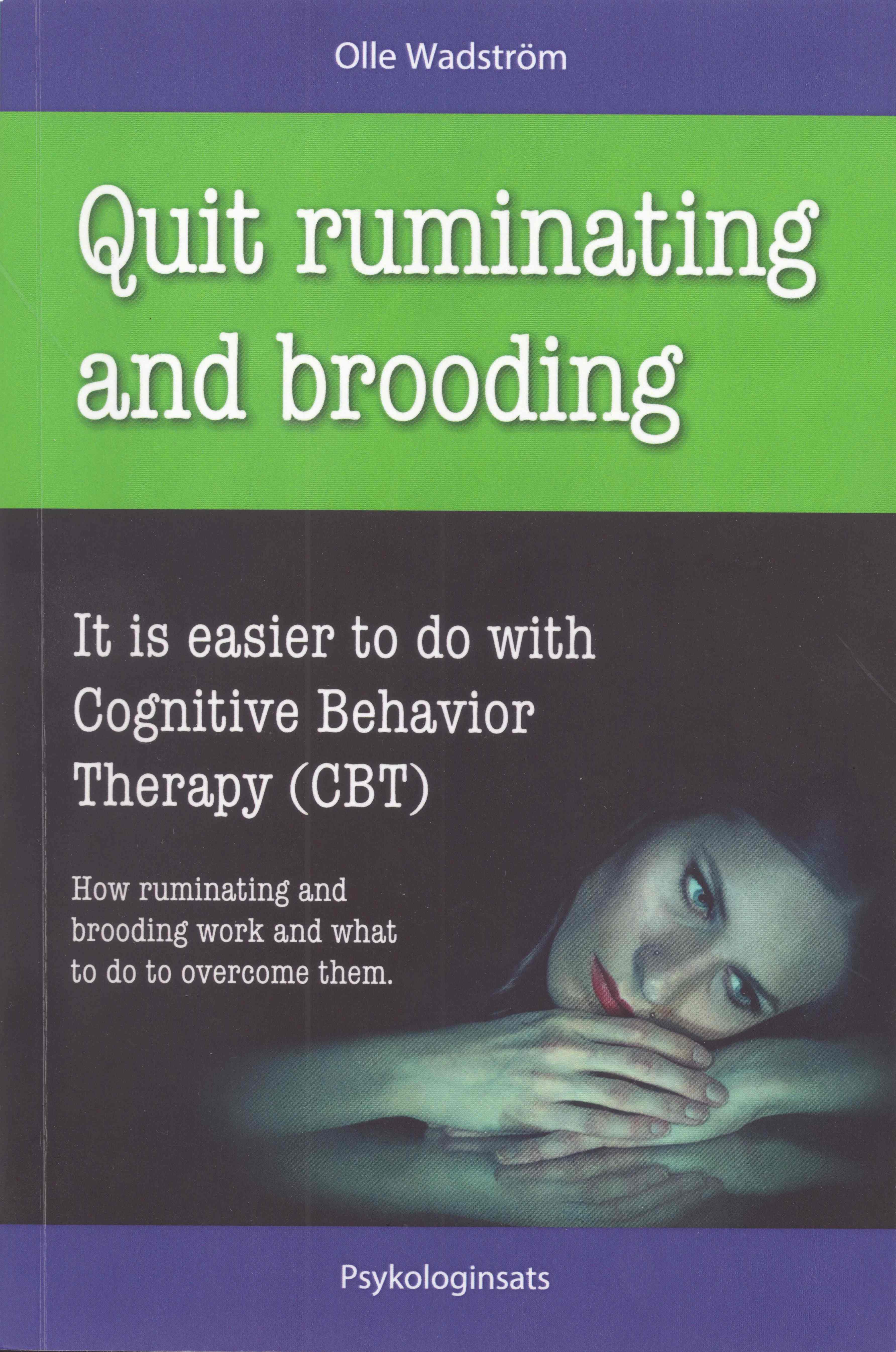
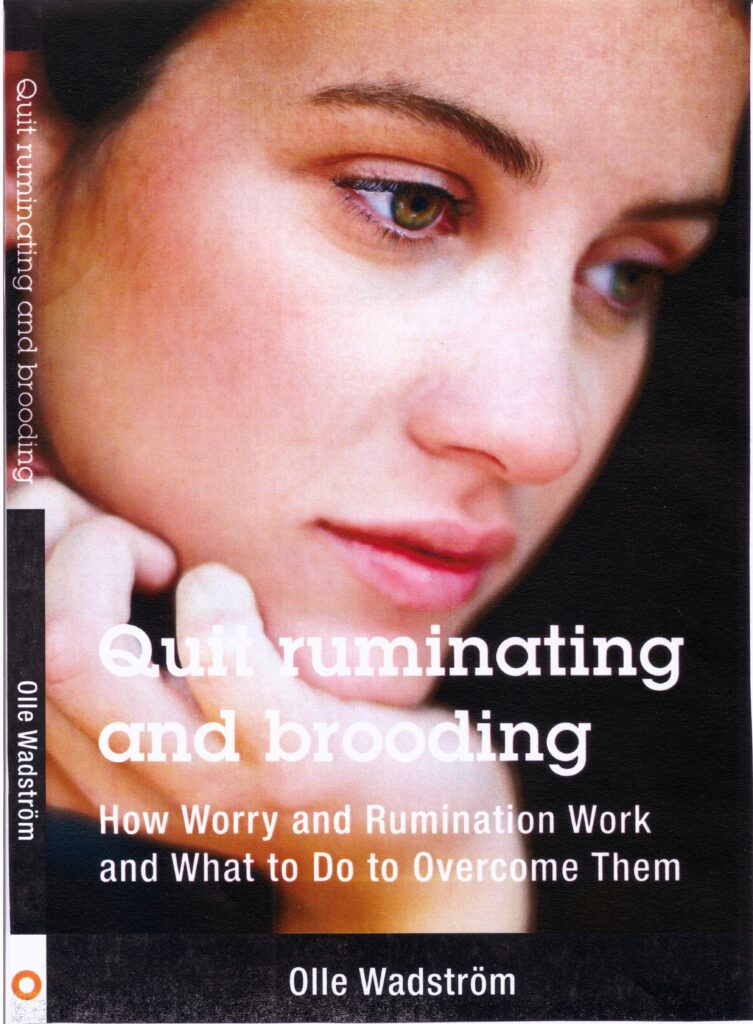
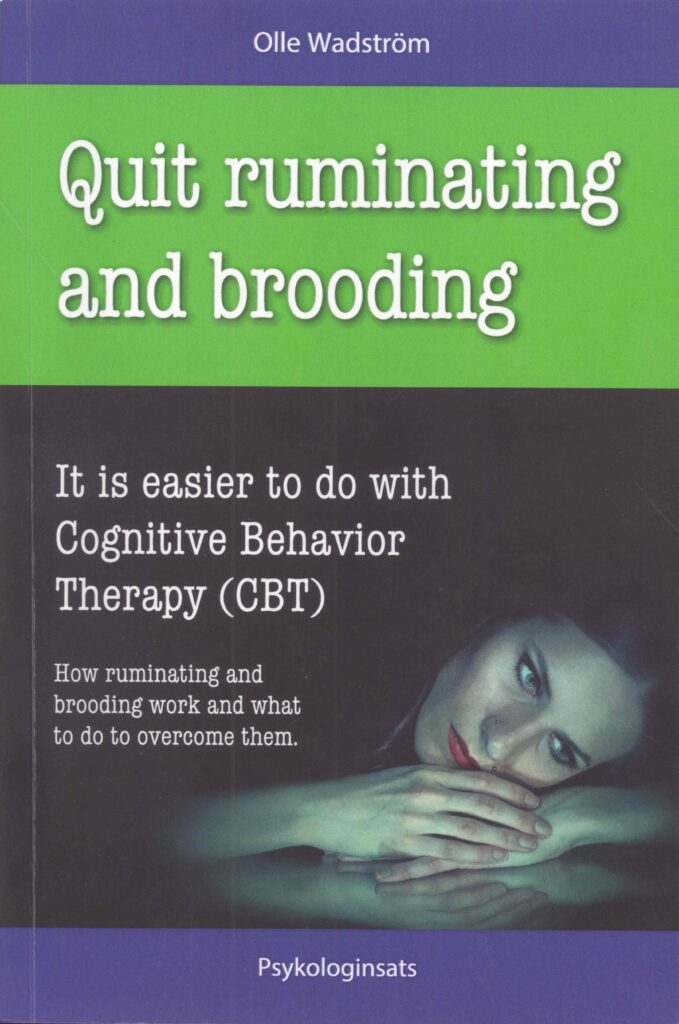

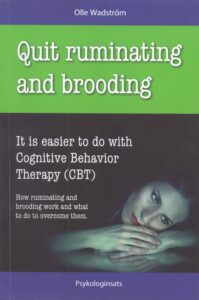 Ruminations can be likened to a game of tennis, where one side hits a frightening thought, and the calming side returns it with a comforting thought. Each time the “ball” comes over to the other side, it can be returned. The game can go on forever. Since we are intelligent beings, we keep finding new frightening aspects, or we get new irritating ideas, and find new comforting thoughts.
Ruminations can be likened to a game of tennis, where one side hits a frightening thought, and the calming side returns it with a comforting thought. Each time the “ball” comes over to the other side, it can be returned. The game can go on forever. Since we are intelligent beings, we keep finding new frightening aspects, or we get new irritating ideas, and find new comforting thoughts.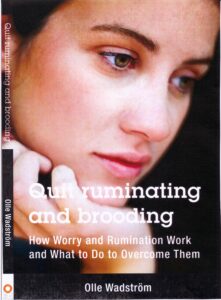 human beings become a burden.
human beings become a burden.